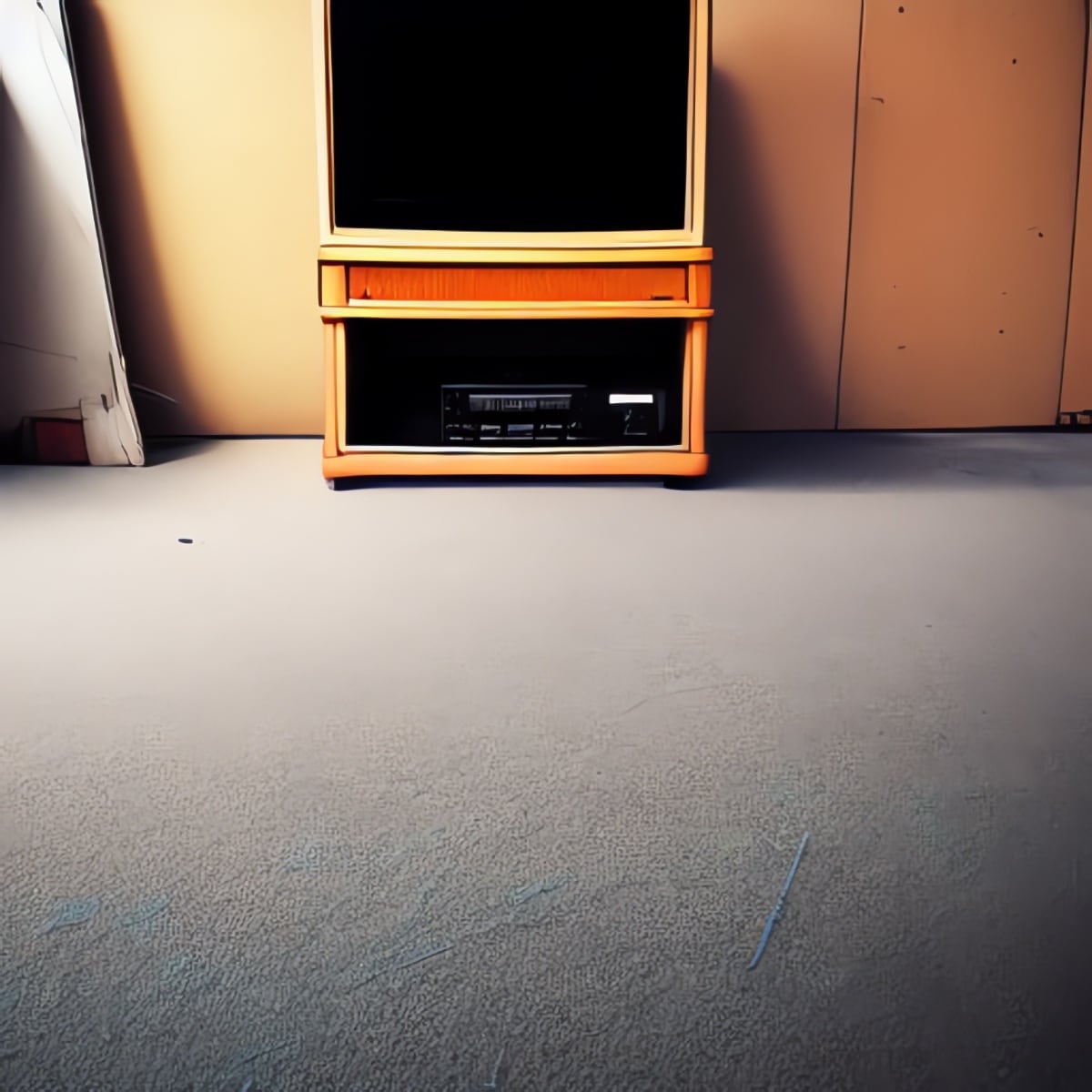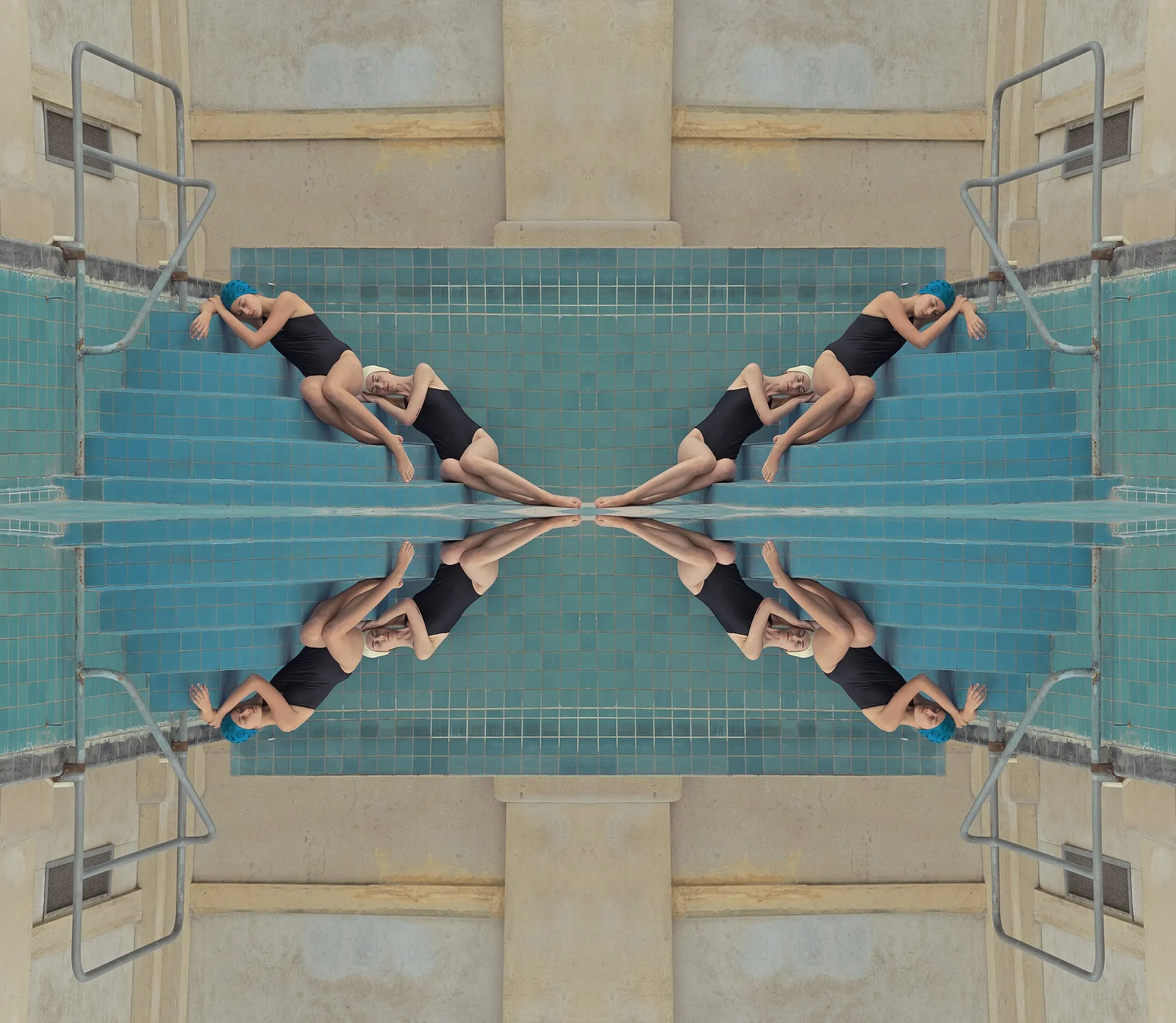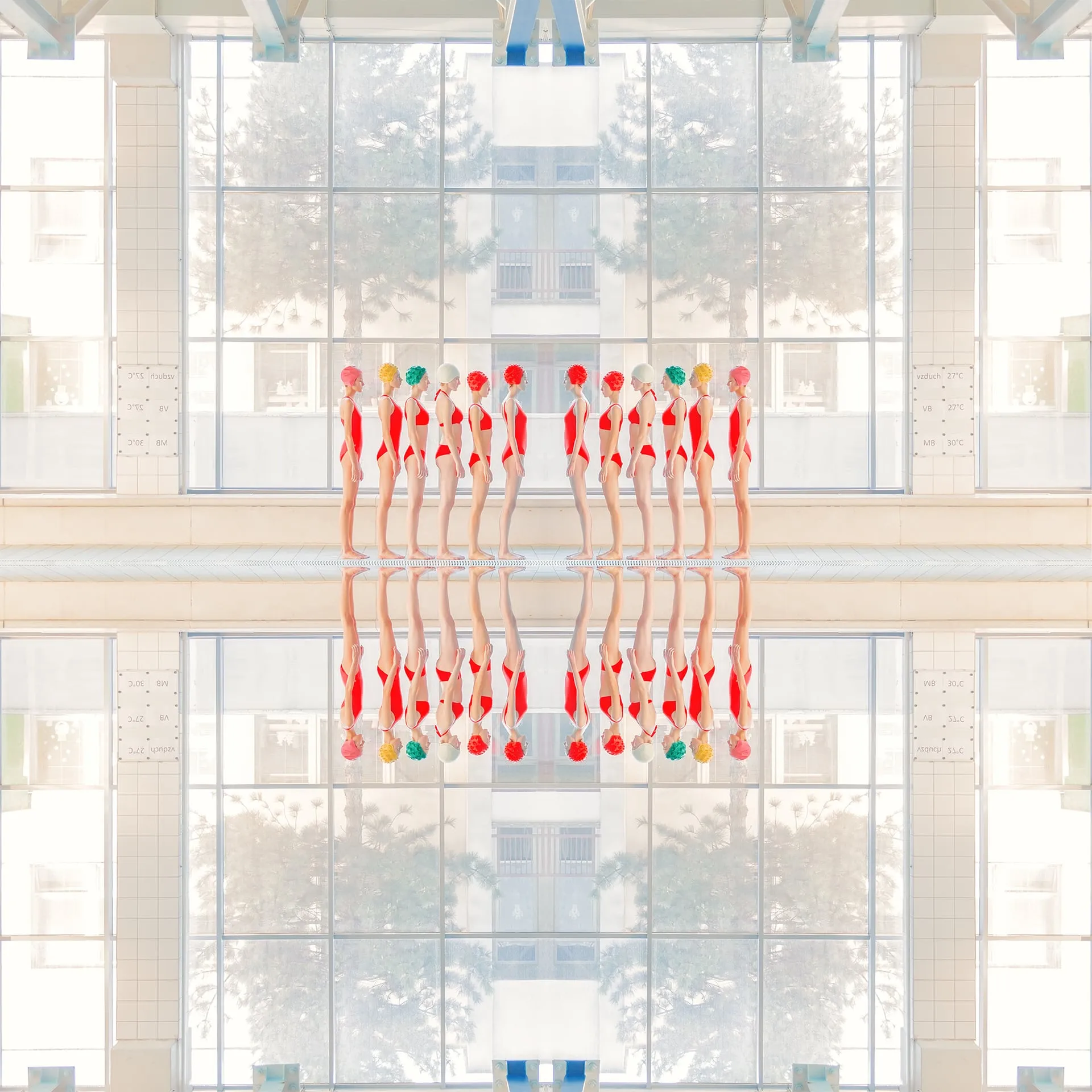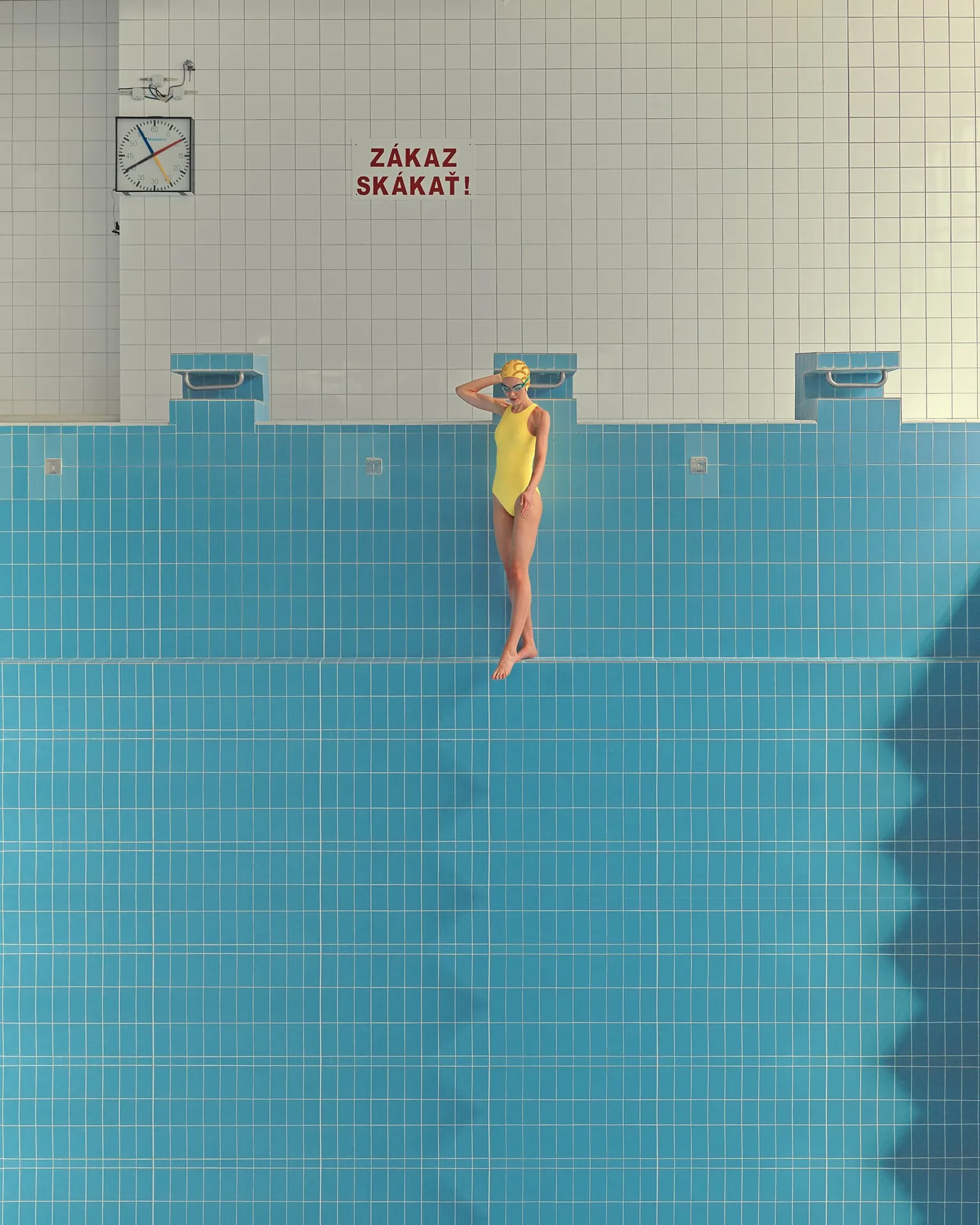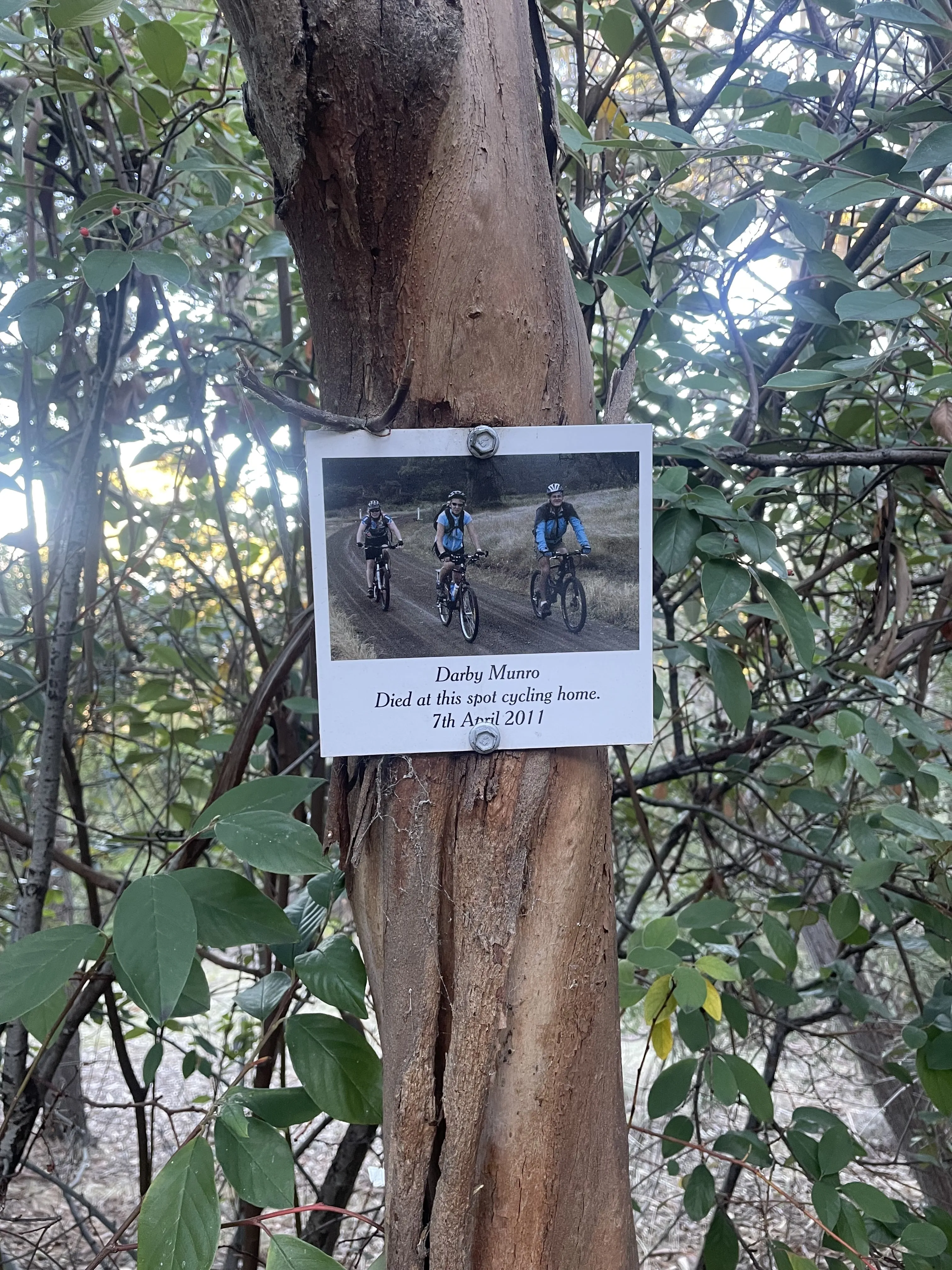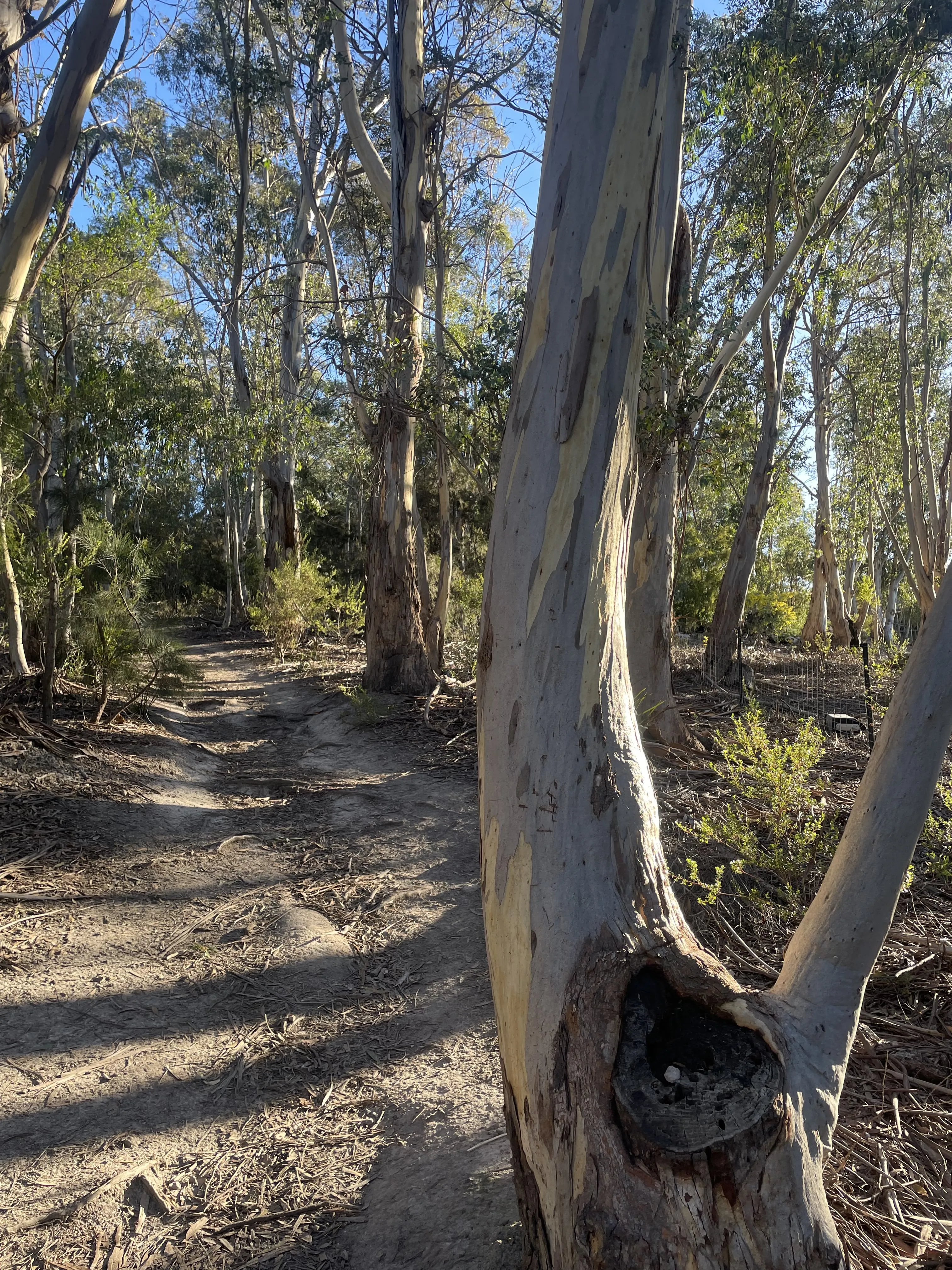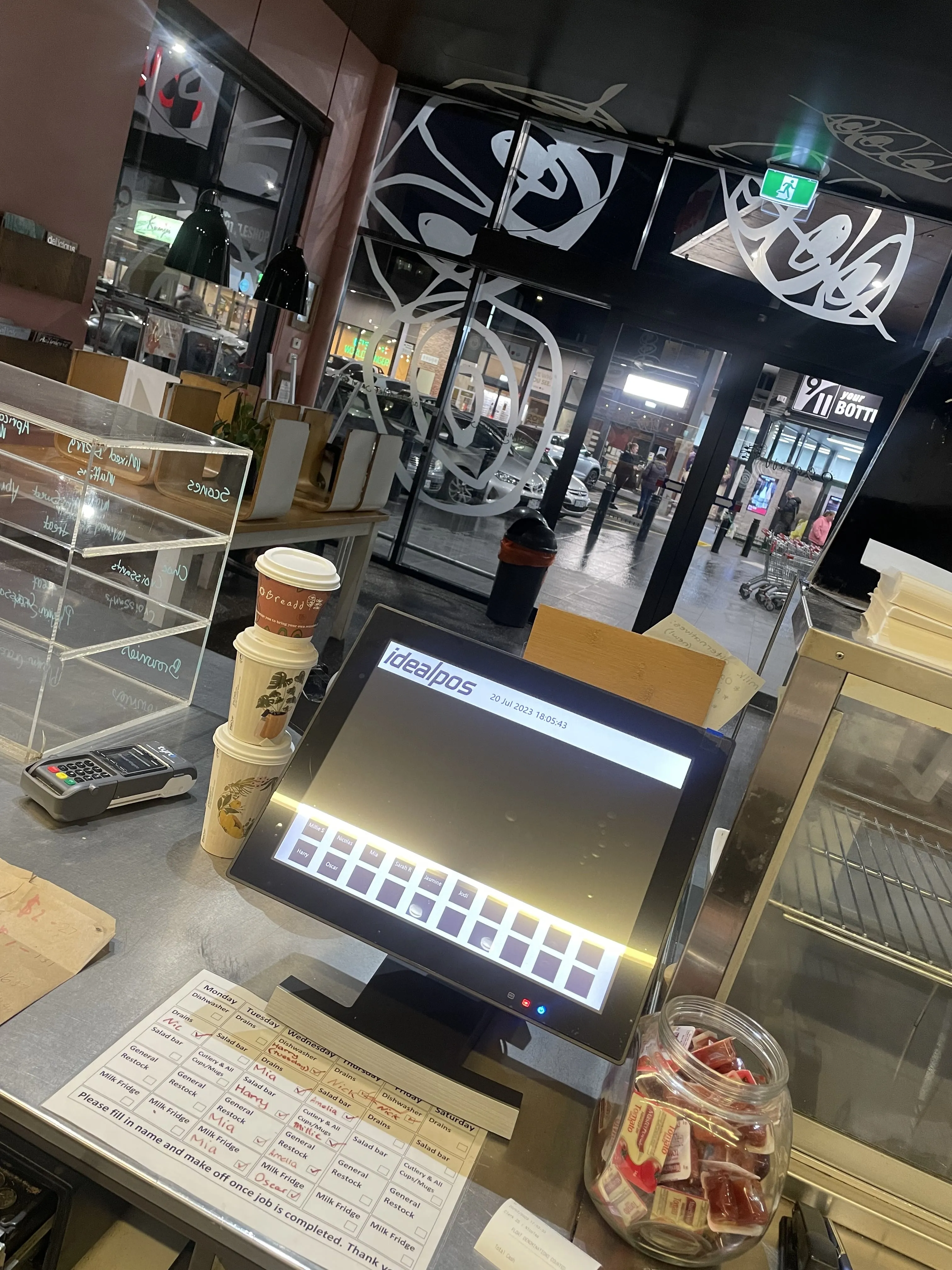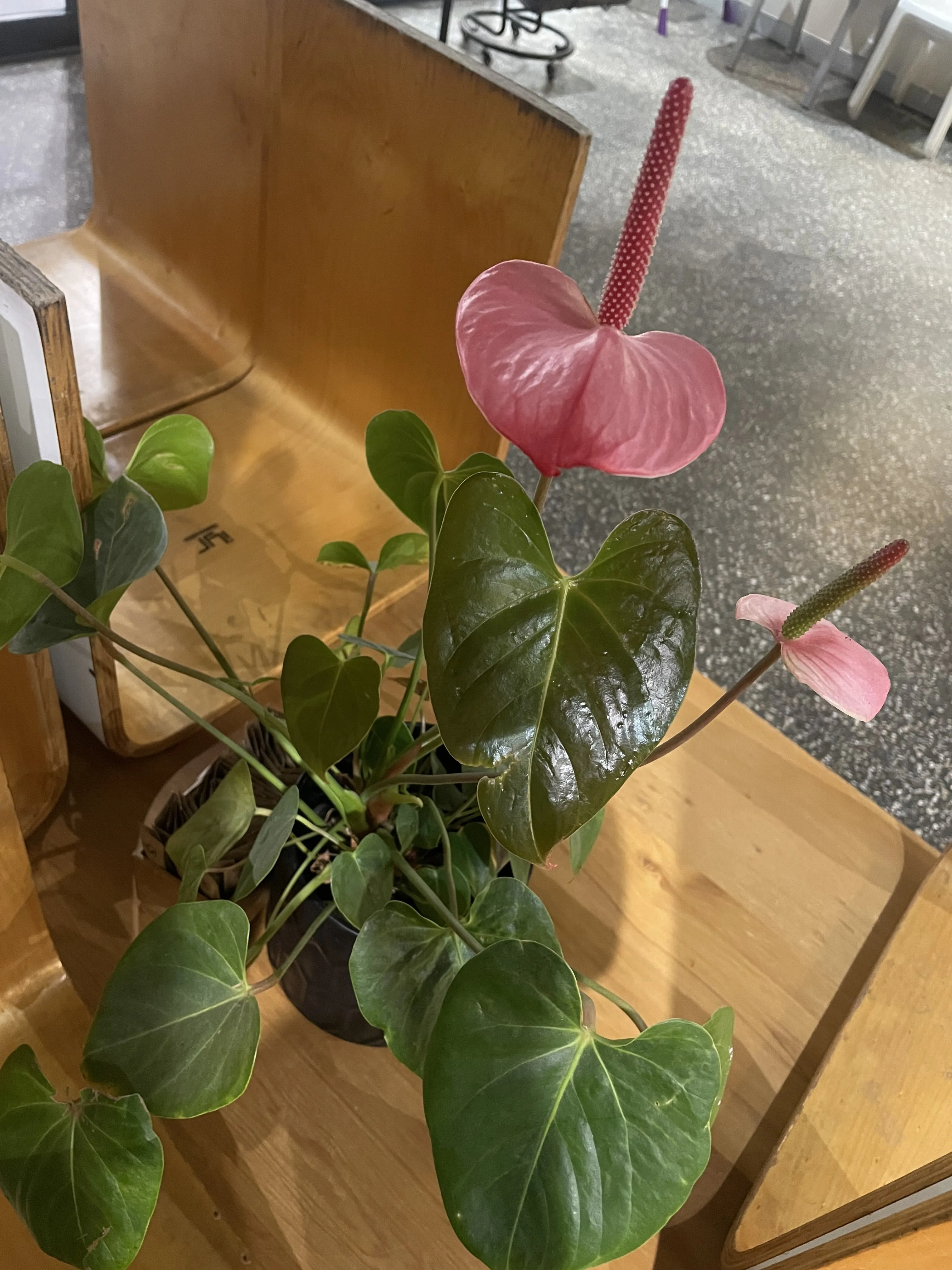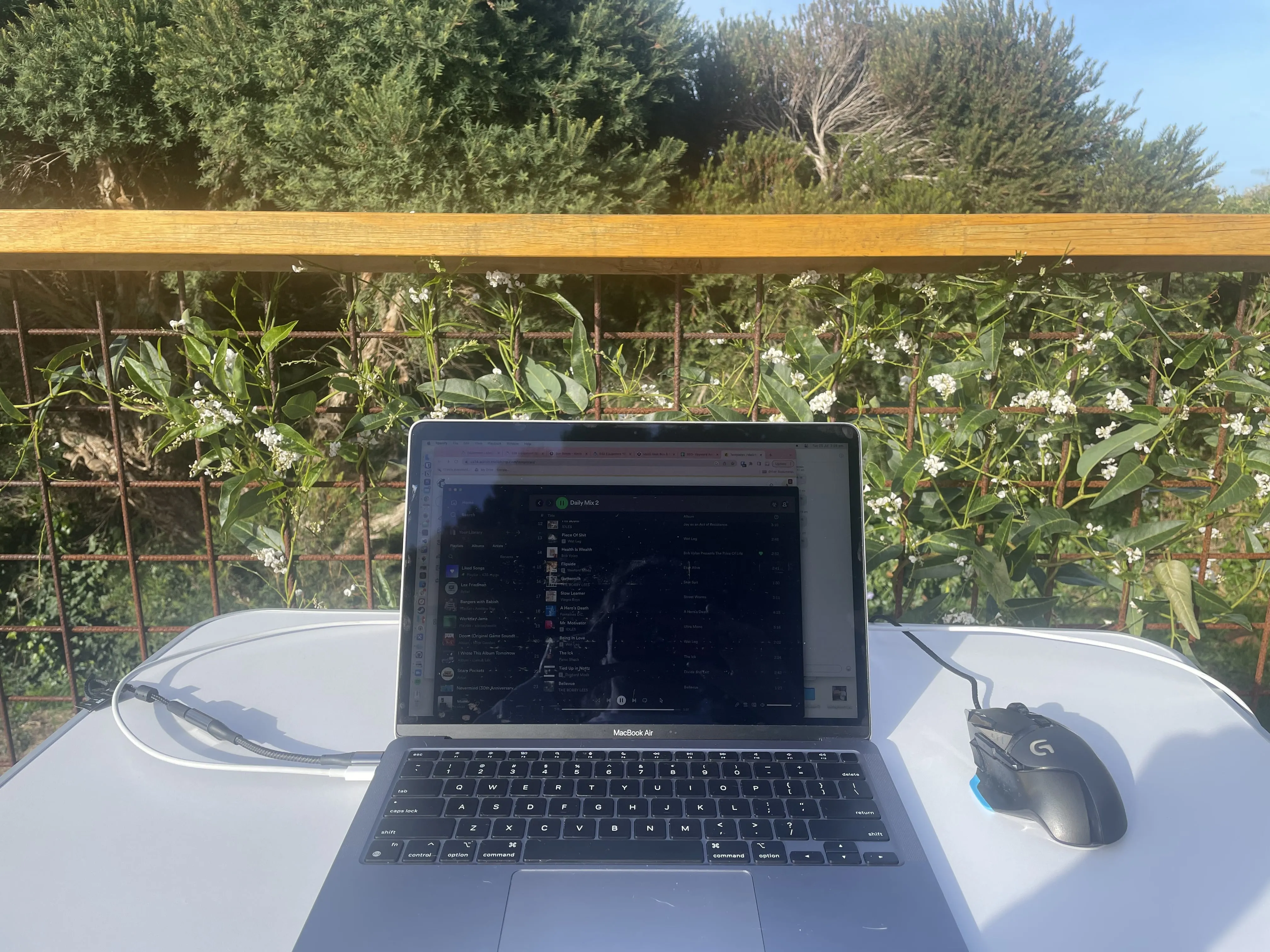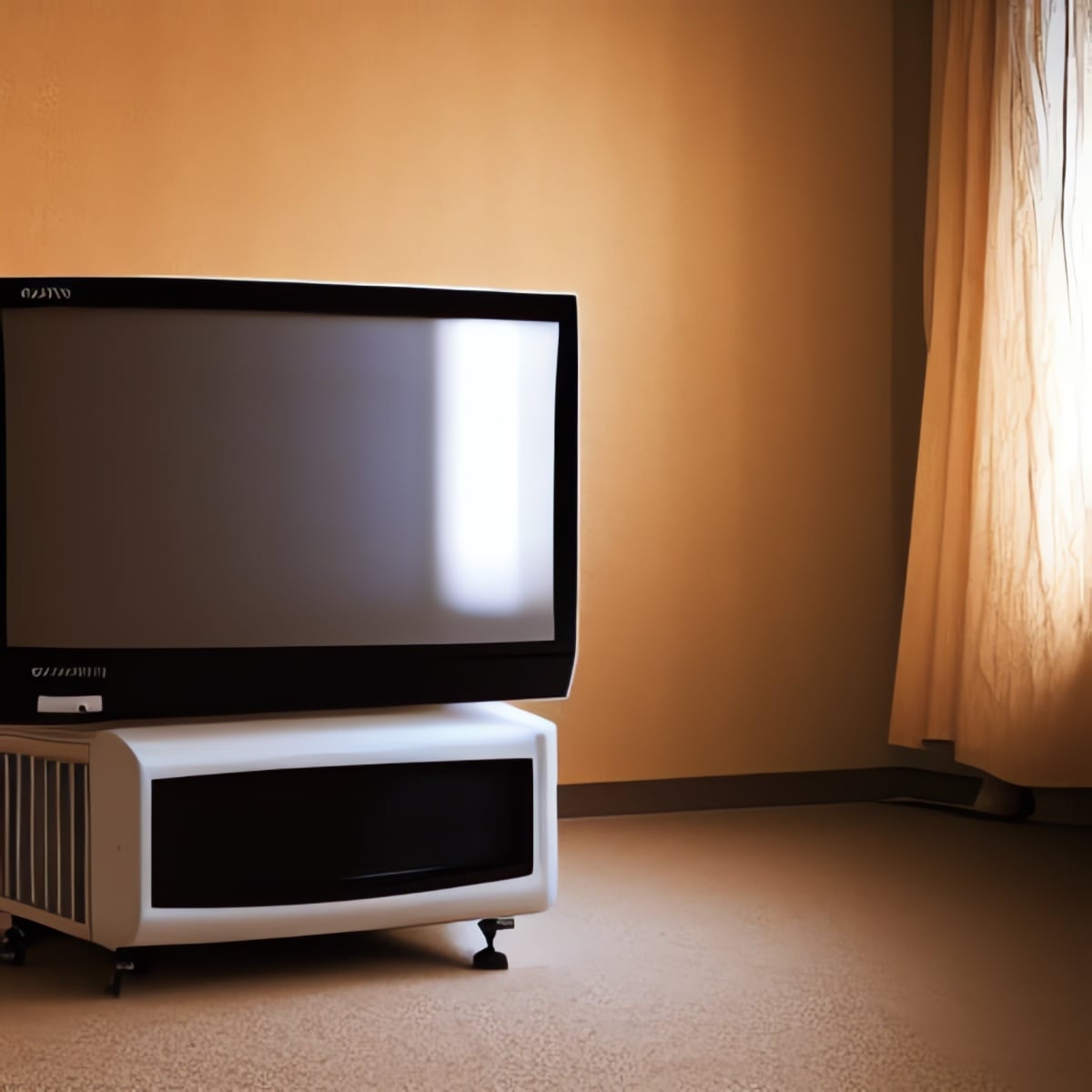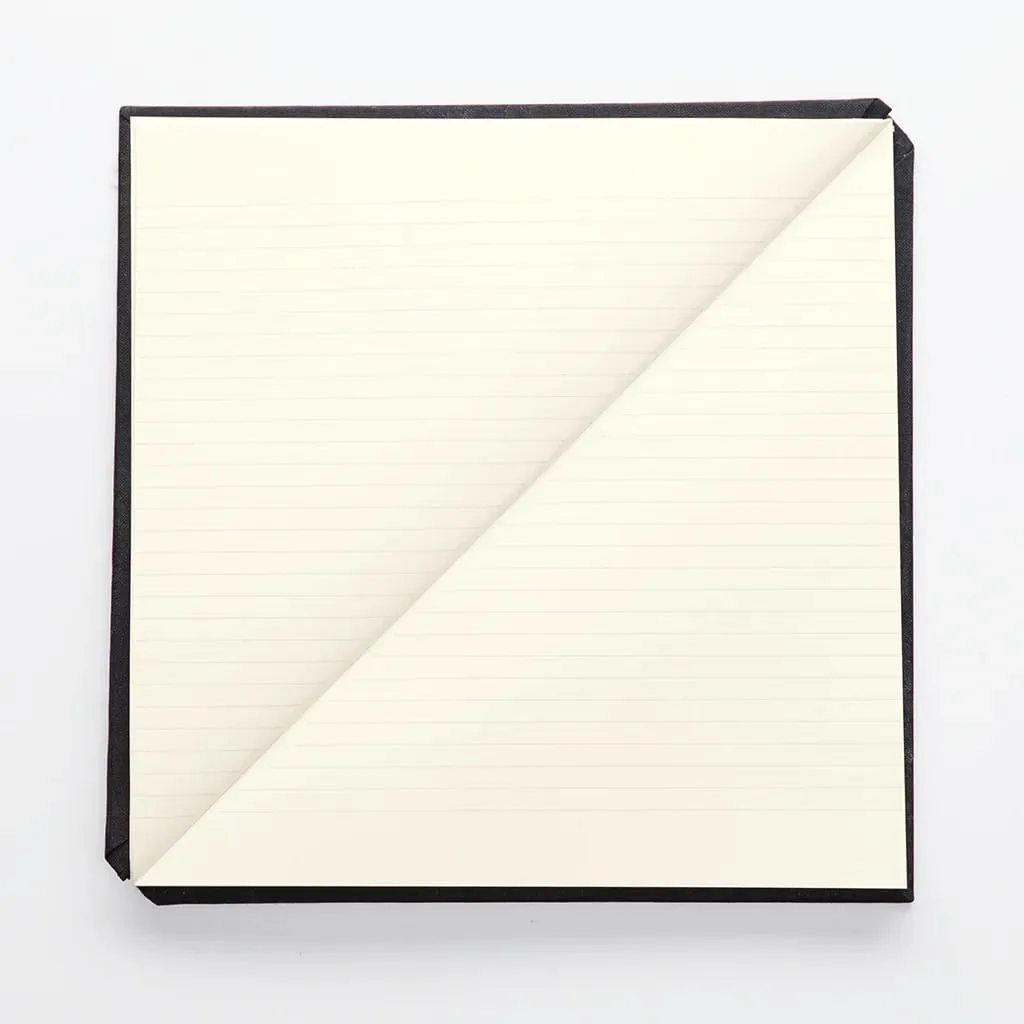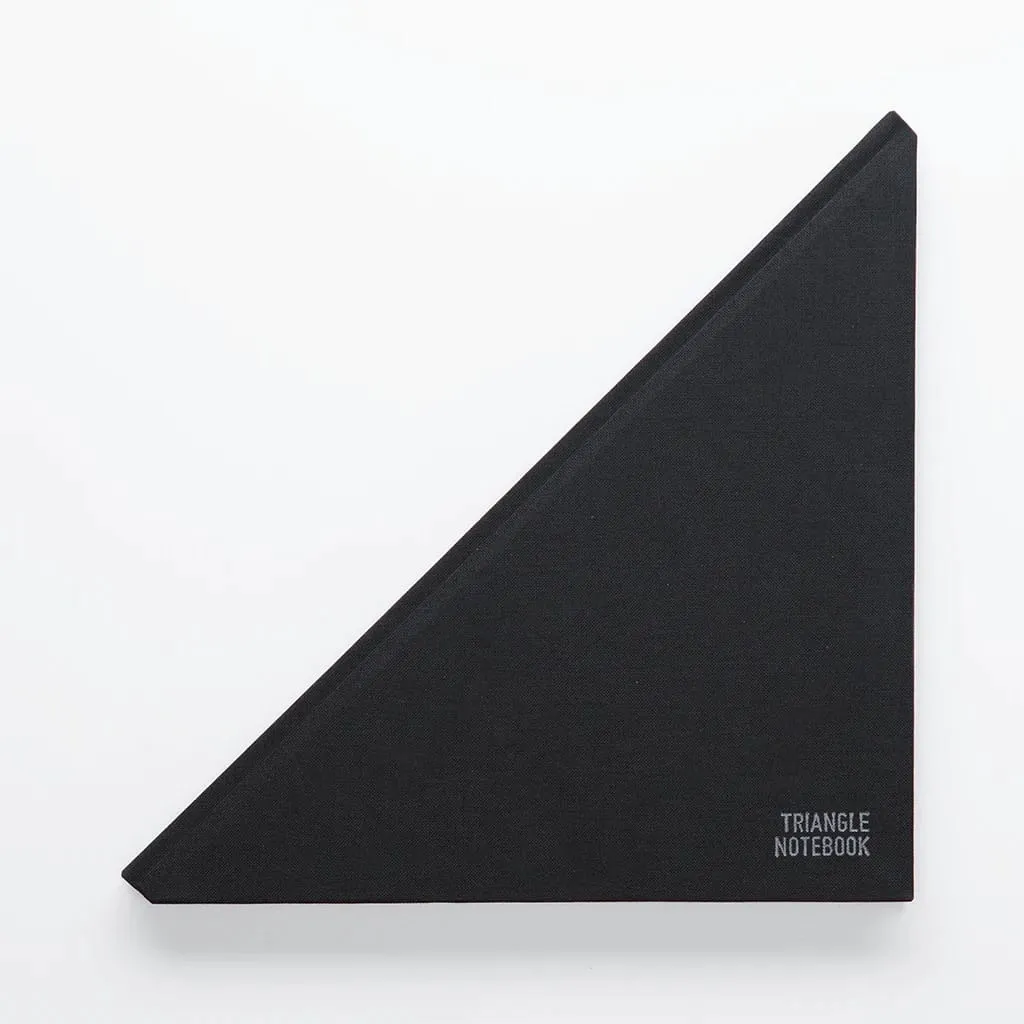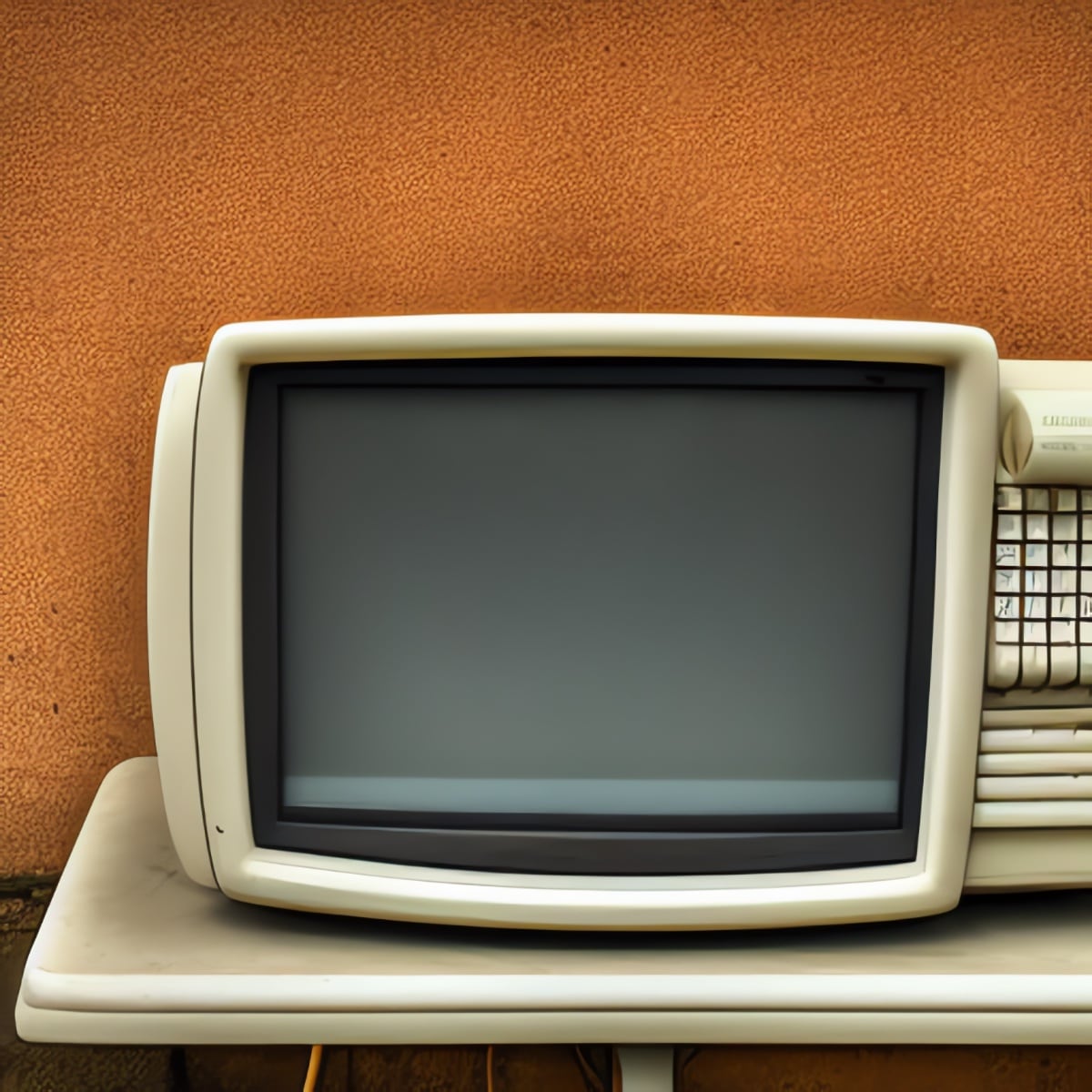Probably the best music documentary I’ve seen since Meet Me In The Bathroom.
adriau
CSS Pattern
css-pattern.comFancy backgrounds with CSS gradients
IDLES – Danny Nedelko
youtube.comMaria Svarbova
mariasvarbova.comEXP TV
exptv.orgEndless stream of obscure media and video ephemera
July 2023
How pencils are made in a Japanese factory
youtube.comTriangle Notebook
trianglenotebook.comHow to find a street in 2 minutes
youtube.comLarge language models, explained with a minimum of math and jargon
understandingai.orgWant to really understand how large language models work? Here’s a gentle primer.
archives.design
archives.designA digital archive of graphic design related items that are available on the Internet Archives
The Ambient Machine
yurisuzuki.comCreate customised background ambience via 32 toggle switches with this “Sound Conditioner”
More than a material girl: Scholars talk about what Barbie represents
19thnews.org“In some sense Barbie invites more of a critique because she is a role model of mass consumption, but she isn’t given that critique,” Wright said. “She is like other female archetypes, really criticized for what she represents and how she’s presenting herself in the world. It really comes back to women’s embodiment and what that symbolizes.”


